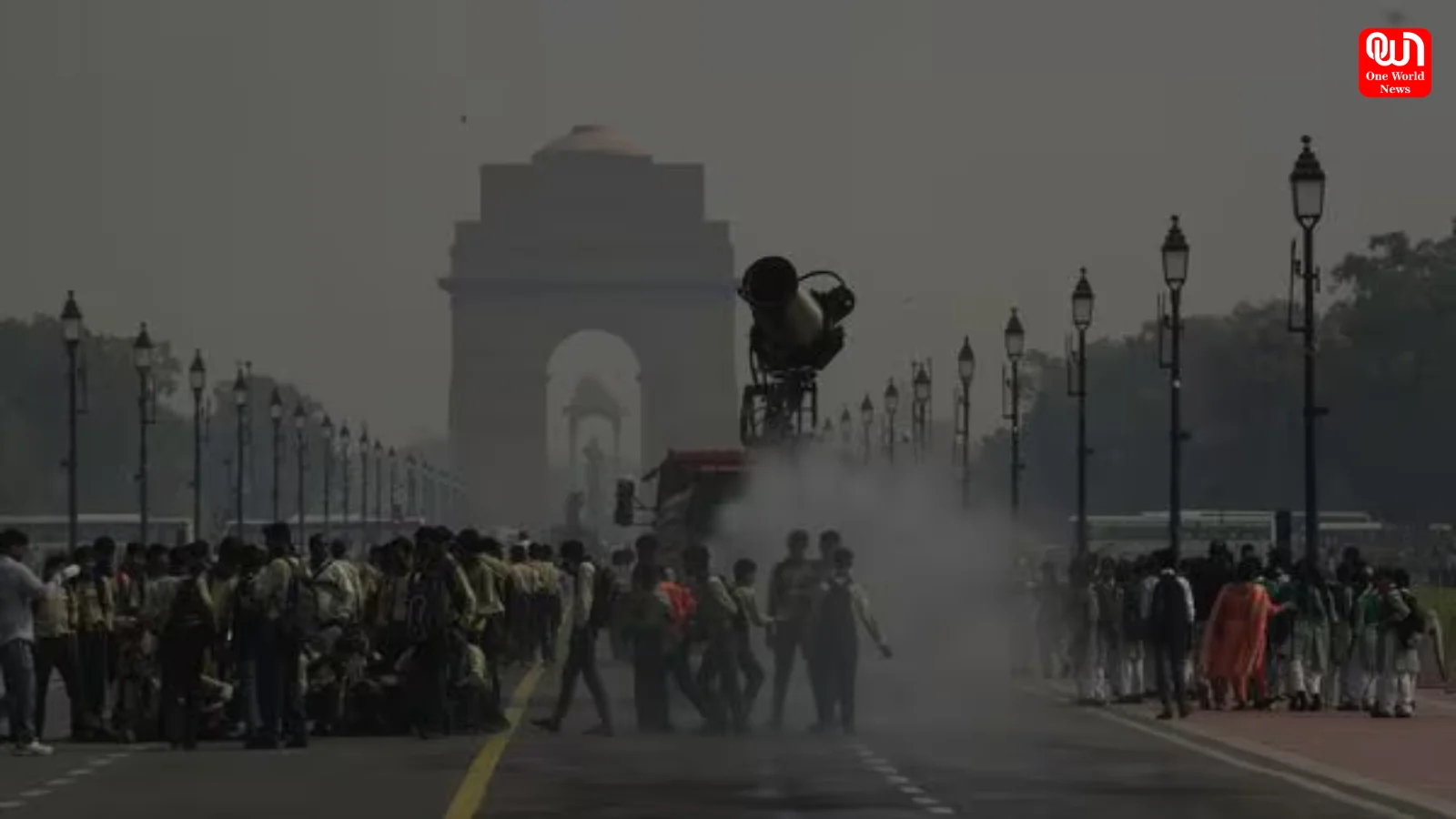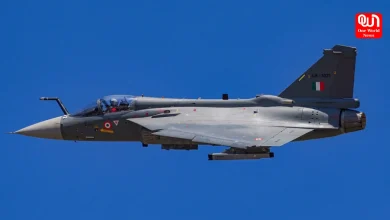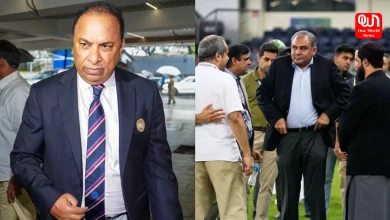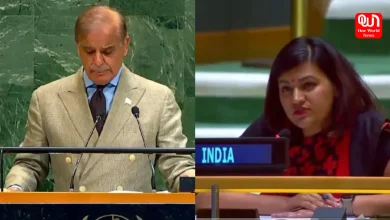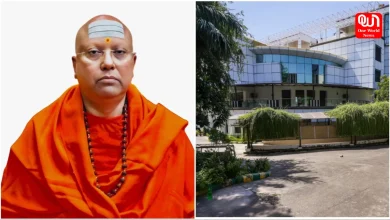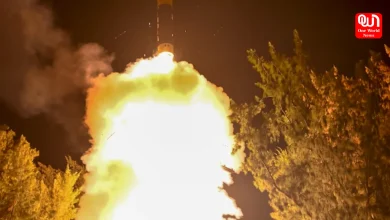Delhi’s Air Quality Remains ‘Very Poor’ Post-Diwali, Supreme Court Urges Government Action to Tackle Pollution Crisis
Delhi's air quality remains in the 'very poor' category, with pollution levels soaring post-Diwali. Supreme Court demands action from the government to curb pollution.
Delhi Air Quality Remains ‘Very Poor’ Following Diwali Celebrations, Supreme Court Urges Government Action to Curb Worsening Pollution Levels

Delhi continues to battle hazardous air pollution, with the city’s air quality remaining in the ‘very poor’ category for the sixth consecutive day. The thick blanket of smog that enveloped the capital after Diwali celebrations has shown no signs of dissipating, exacerbating the environmental crisis.
Read more: Jaishankar Confident India-US Ties Will Strengthen, No Matter the US Election Outcome
On Wednesday morning, the Air Quality Index (AQI) was recorded at a concerning 358 at 8 a.m. according to the Central Pollution Control Board (CPCB). The air quality in many areas of Delhi was even worse, with readings well above the 300 mark that classifies air quality as ‘very poor.’
Alipur registered an AQI of 372, while Bawana recorded 412, indicating extremely dangerous pollution levels. Other areas, including Dwarka Sector 8 (355), Mundka (419), Najafgarh (354), New Moti Bagh (381), Rohini (401), Punjabi Bagh (388), and RK Puram (373), all reported dangerously high AQI levels as well.

According to the CPCB’s AQI classification system, readings between 200 and 300 are considered ‘poor,’ between 301 and 400 are categorized as ‘very poor,’ and anything above 400 is classified as ‘severe.’ AQI levels above 450 are labeled ‘severe plus,’ indicating a state of emergency for health and environmental concerns.
The aftermath of Diwali’s firecracker festivities has made the situation worse, as the bursting of crackers led to a significant rise in pollutants such as particulate matter (PM2.5), contributing to the smog. Despite the government’s attempts to regulate the burning of firecrackers, enforcement remains a challenge, and the city’s air quality has plummeted to critical levels.
In addition to the air pollution crisis, the Yamuna River in Delhi is also facing environmental degradation, with a thick layer of toxic foam spotted at Kalindi Kunj. This further highlights the ongoing environmental concerns the city faces, as pollution continues to seep into various ecosystems.
The Supreme Court has taken notice of the situation, expressing its dissatisfaction with the Delhi government’s failure to implement the firecracker ban during Diwali. On Monday, the bench led by Justices Abhay S. Oka and Augustine George Masih questioned the Delhi government for not enforcing the ban, which has directly contributed to the severe pollution levels. The court has demanded an affidavit from the government detailing the actions taken to curb pollution and to explain why the ban was widely violated.
With Delhi’s air quality continuing to deteriorate, it is evident that urgent measures are needed to address both the causes and consequences of the pollution crisis, and effective enforcement of regulations is critical to preventing further harm to public health and the environment.
We’re now on WhatsApp. Click to join.
Like this post?
Register at One World News to never miss out on videos, celeb interviews, and best reads.

